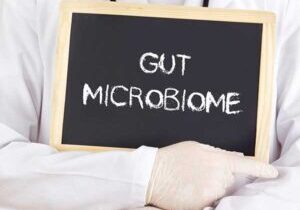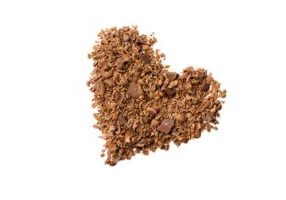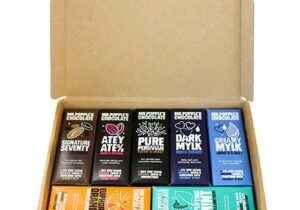BLOG
Unwrapping the Truth: How Dairy-Free Milk Chocolate is Saving Our Planet
Are you a milk chocolate lover looking to indulge your sweet tooth while also doing your part to protect the planet?
Look no further than dairy-free milk chocolate!
This delectable treat not only satisfies your milk chocolate cravings but also offers a more sustainable and ethical alternative to traditional dairy milk chocolate.
In this article, we’ll explore the environmental impact of dairy farming, the rise of plant-based milk alternatives, and how dairy-free milk chocolate is revolutionizing the confectionery industry. So grab a bar of your favourite vegan chocolate and let’s dive in!
The Environmental Impact of Dairy Farming
Dairy farming has long been a staple of the global food industry, but its impact on the environment cannot be ignored.
One of the main culprits is methane, a potent greenhouse gas that is produced by cows during digestion. A single cow can produce up to 200 liters of methane per day, and with over 270 million dairy cows worldwide, the cumulative impact is staggering.
But methane isn’t the only issue. Dairy farming also requires vast amounts of land, water, and feed, putting pressure on already strained resources.
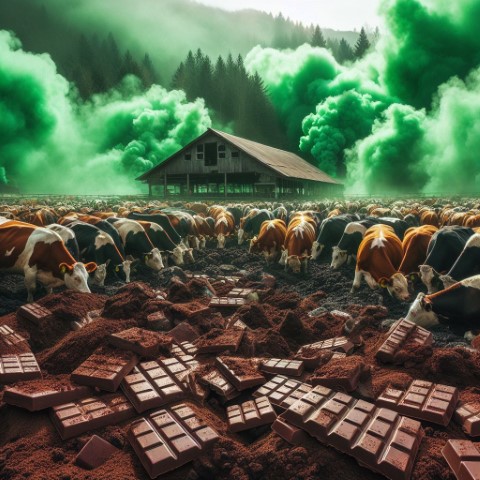
Land Use and Deforestation Concerns
Deforestation driven by the expansion of pasture land for livestock and the cultivation of feed crops is a major environmental concern, leading to a devastating loss of biodiversity and a significant increase in carbon emissions.
91% of the land deforested in the Amazon since 1970 has been converted to livestock pasture. This widespread habitat destruction puts countless species at risk, as the cleared land can no longer support the rich ecosystems that once thrived there.
The loss of these forests also contributes to climate change, as the carbon stored in the trees is released into the atmosphere, further exacerbating the global warming crisis.
The Rise of Plant-Based Milk Alternatives
Fortunately, there’s a growing movement towards plant-based milk alternatives that offer a more sustainable and ethical option. From almond and soy to oat and coconut, these non-dairy milks have exploded in popularity in recent years, with the global plant-based milk market expected to reach $21.52 billion by 2024.
So what makes plant-based milks so much better for the environment? For starters, they require far less land, water, and energy to produce compared to dairy milk.
Take rice milk, for example. It has the lowest water usage among plant-based milks, requiring just 270 liters of water to produce one liter of rice milk, compared to 628 liters for dairy milk.
Oat milk, on the other hand, has emerged as a particularly sustainable option, using less than 1/10 of the amount of land that dairy milk requires.
Table: Comparison of Environmental Impact of Different Milk Types
| Milk Type | Greenhouse Gas Emissions (kg CO2 eq. per liter) | Land Use (m² per liter) | Water Use (liters per liter) |
|---|---|---|---|
| Dairy | 3.2 | 8.9 | 628 |
| Almond | 0.7 | 0.5 | 371 |
| Oat | 0.9 | 0.8 | 48 |
| Soy | 1.0 | 0.7 | 28 |
| Rice | 1.2 | 0.3 | 270 |
| Coconut | 0.4 | 0.5 | 270 |
But the benefits of plant-based milks go beyond just environmental sustainability. They also offer a more ethical alternative for those who are concerned about animal welfare. Dairy cows are often subjected to poor living conditions, separated from their calves at birth, and eventually slaughtered when their milk production declines. By choosing plant-based milks, consumers can enjoy their favourite beverages without contributing to this cycle of exploitation.
The Positive Effects on Biodiversity and Soil Health
Switching to oat and rice milk can also have a profoundly positive impact on both biodiversity and soil health, thanks to the reduced land use and more sustainable farming practices associated with these plant-based alternatives.
By requiring less land for agriculture, the production of oat and rice milk leaves more space for wildlife to thrive, providing a much-needed boost to biodiversity.
Moreover, the sustainable practices employed in the cultivation of oats and rice contribute to improved soil quality and productivity, ensuring that these crops can continue to nourish both people and the planet for generations to come.
The Dairy-Free Milk Chocolate Revolution
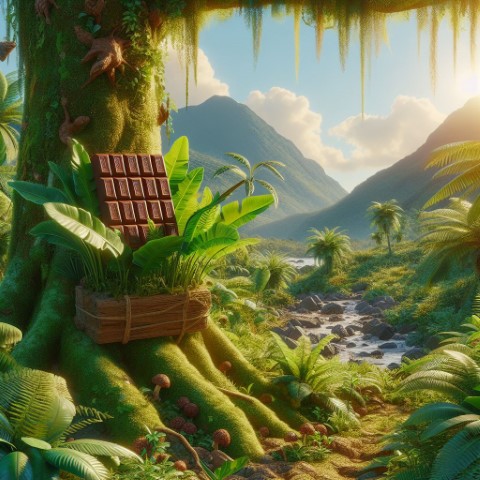
Now, let’s get to the good stuff: chocolate! Traditional milk chocolate is made with, you guessed it, milk powder. But as the demand for plant-based alternatives grows, so too does the availability of dairy-free milk chocolate. And let me tell you, it’s just as delicious (if not more so) than its dairy-based counterpart.
At Mr. Popple’s Chocolate, we’ve been crafting dairy-free milk chocolate since 2007, long before it was trendy. Our secret? A blend of organic rice milk, gluten-free oat milk and lucuma fruit that creates a creamy, dreamy texture without any of the dairy. We also use coconut sugar instead of refined sugar, which not only tastes better but also has a lower glycemic index.
In recent years, other chocolate companies have jumped on the dairy-free milk chocolate float. Major players like Lindt, Endangered Species Chocolate, and even Cadbury have introduced vegan milk chocolate options in recent years. This shift towards plant-based confections isn’t just a passing fad – it’s a reflection of changing consumer values and a growing awareness of the impact our food choices have on the planet.
Of course, not all dairy-free milk chocolate is created equal. To ensure you’re getting the most bang for your buck (and the planet), look for brands that prioritize organic, fair-trade, and sustainably-sourced ingredients, like Mr Popple’s Chocolate, that are transparent about their sourcing, production processes, and commitment to sustainability. A genuine dedication to environmental stewardship should be evident in their practices, such as:
| Sustainable Practice | Environmental Benefit |
|---|---|
| Using plant-based milks (oat, rice) | Lower carbon footprint, reduced water usage |
| Sourcing organic, fairly traded ingredients | Supporting biodiversity, soil health, and farmer livelihoods |
| Implementing eco-friendly packaging | Minimizing waste and reducing plastic pollution |
And don’t be afraid to try new things! With so many plant-based milk options out there, you’re sure to find a dairy-free chocolate that satisfies your taste buds and your conscience.
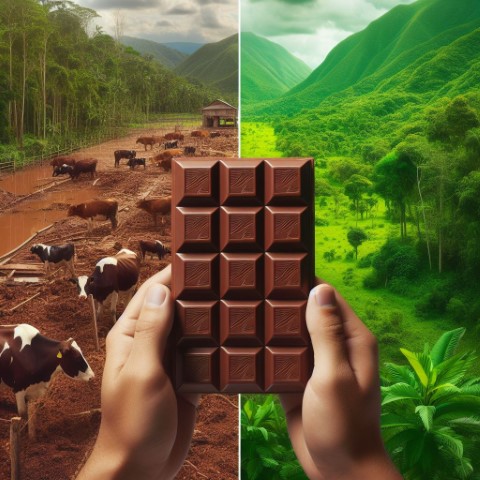
So there you have it – dairy-free milk chocolate isn’t just a delicious indulgence, but also a way to make a positive impact on the planet with every bite. By choosing plant-based milk alternatives and supporting brands that prioritize sustainability and ethics, we can all do our part to create a sweeter future for ourselves and the environment.
At Mr. Popple’s Chocolate, we’re proud to be at the forefront of this dairy-free revolution. Our commitment to crafting the finest organic, vegan chocolate is matched only by our dedication to environmental stewardship and social responsibility. So the next time you’re in the mood for a treat, remember: dairy-free milk chocolate isn’t just good for you – it’s good for the planet too.


